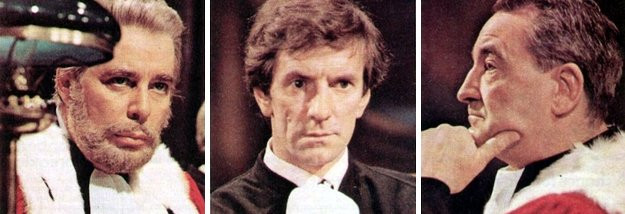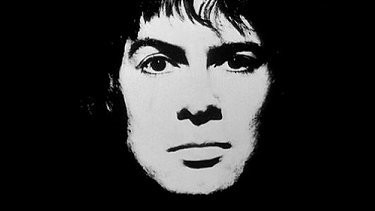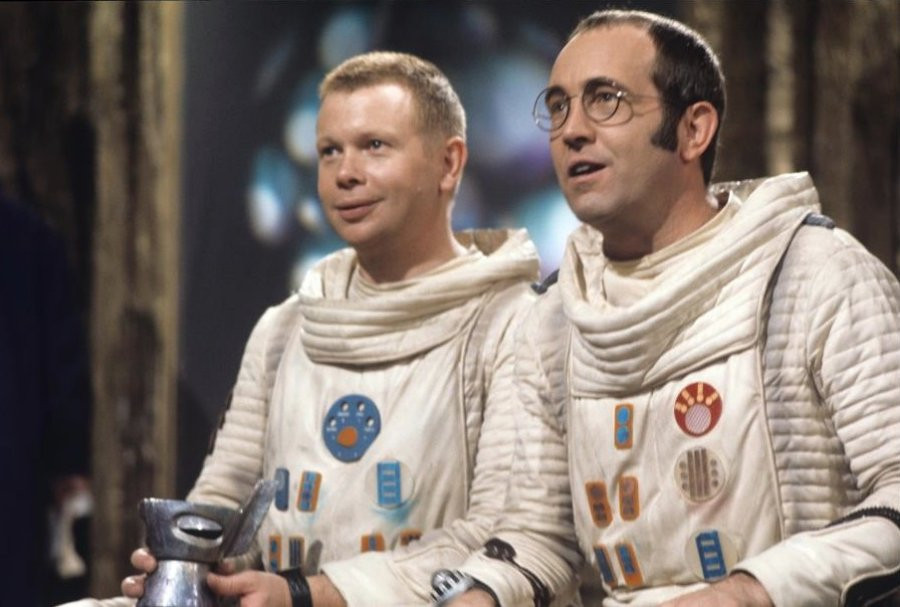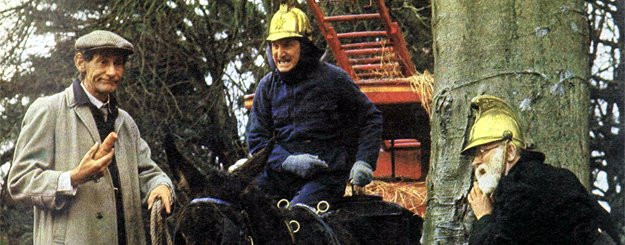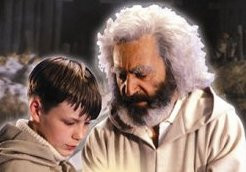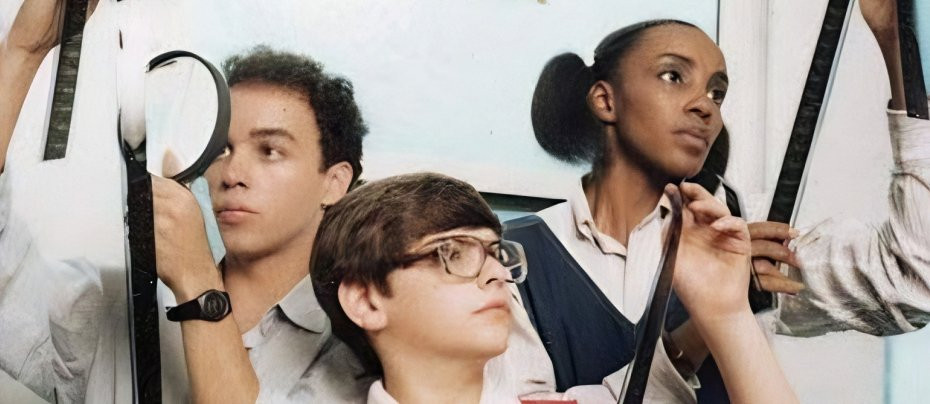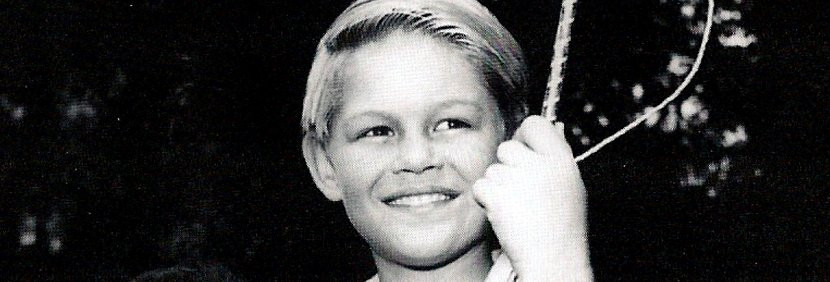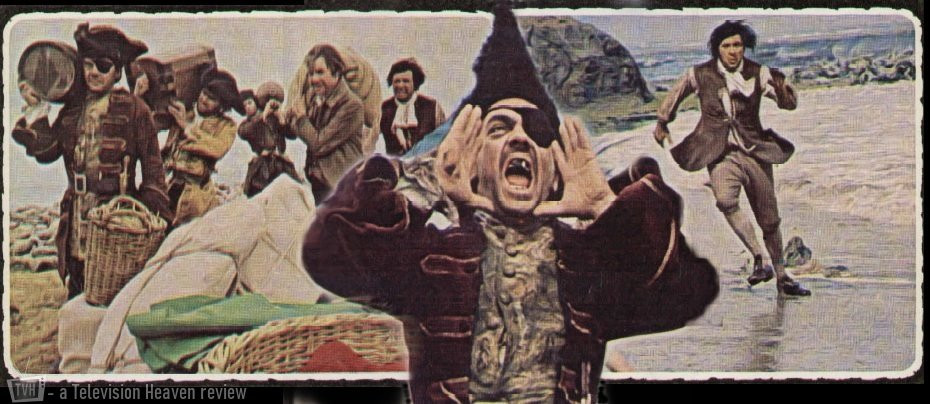
Wreckers at Dead Eye
1970 - United KingdomOn a wild, dark night in 1770, a storm-lashed ship crashes helplessly on the treacherous rocks of Dead Eye, lured to its doom by a flickering light on the coast.
It is the deceiving, deadly lantern of the Wreckers, the sinister villagers of Thriabbas, who make a living from the loot of "organised" disaster. But this time there is a survivor. A strange Eastern girl struggles ashore - and she must be silenced before her evidence can destroy the Wreckers.
At Moor House live the only villagers not involved with the Wreckers, the retired sea captain Shadrach, his bosun Tobias, his niece Caroline, and Zac the stable lad. Can they reach the girl first?
18th century Britain saw a veritable explosion of smuggling as a result of crippling taxes on imports, imposed by a succession of governments desperate to pay for costly wars in Europe. At one period in history it was estimated that more illicit spirits were being smuggled into the country than came through London Docks. Even clergymen and magistrates indulged in smuggling. On the coasts of England whole village communities made their living from smuggling or wrecking. Smuggling was considered fair game, and even a somewhat romantic occupation - to the point where Keats was inspired to write about "brandy for the Parson, 'Baccy for the Clerk, Laces for a lady'although he cautioned turning a blind eye: 'Watch the wall my darling while the Gentlemen go by!' But smuggling rarely hurt anyone, Wrecking, on the other hand, did.
Wrecking was a large part of the Cornish smuggling trade, as goods that were washed ashore from a wrecked ship were regarded as common property - as long as there were no survivors from the vessel, virtually condemning any survivors to death as the sight of a ship foundering would bring the nearby population to the beach, and using pick-axes and hatchets the ship would be dismembered and any goods on it, carried away. The secret of successful wrecking was far more sinister than smuggling. Stories were told of how ships would be lured on to the rocks by lighting beacons on the shore, showing phoney navigation light. Wreckers at Dead Eye, written by Paddy Manning O'Brine, is such a story.

Wrecking is the trade of Eye-Patch and his gang of motley miscreants. Knowing the law shows no mercy for those involved in wrecking he is desperate to find the girl and silence her forever. What follows is a plot full of twists and turns involving double-dealing, keelhauling, marooning in tidal caves and chases across the moors.
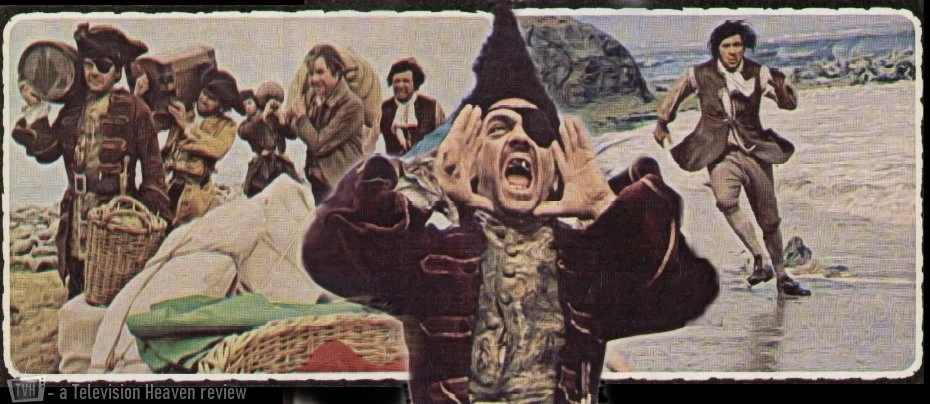
To give the series authenticity, Wreckers at Dead Eyewas filmed entirely on location in Walton-on-the-Naze in the county of Essex, Westleton in Suffolk, and Chislehurst Caves in Kent. A Portuguese caravel (a small, highly manoeuvrable sailing ship developed in the 15th century) was created for the ship, the Sao Felipe. The vessel was a rebuilt 71ft ketch (named Borneo) which was then fitted with rigging at Heybridge Basin, near Maldon in Essex. What the 1970s fishermen thought when they saw an 18th century galleon under full sail off the Essex coast, goodness only knows! But it was this attention to detail that made Wreckers at Dead Eye a superbly thrilling children's drama series of the like we rarely get to see on our TV screens anymore.
Seen this show? How do you rate it?
Seen this show? How do you rate it?
Published on July 12th, 2019. Based on original TV Times article..


